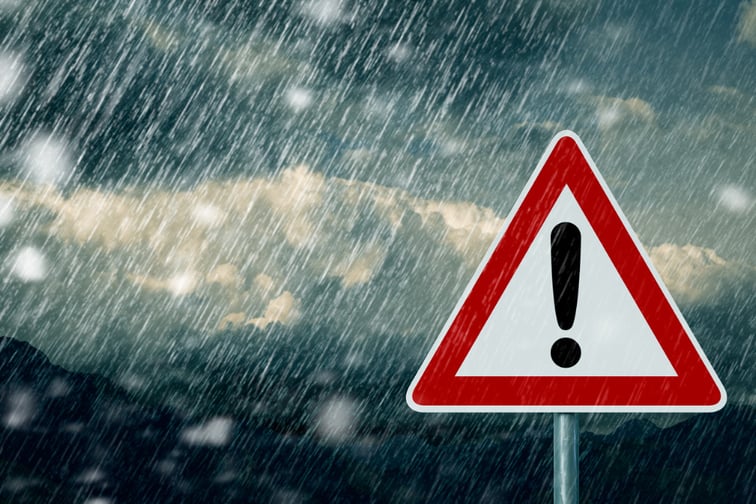

The discrepancies between what different insurers’ policies will and will not cover has posed challenges for brokers and their clients in the wake of the derecho that struck Southern Ontario and Quebec in May.
Phones have been ringing off the hook across brokerages in the regions, according to Brian Erwin, McDougall Insurance & Financial account executive and Insurance Brokers Association of Ontario (IBAO) territory leader director for Eastern Ontario.
Call volumes have started to fall, but brokers continue to assist clients as claims begin to progress.
“A lot of it is education to understand what their policy covers, so that was the biggest learning for right off the get-go,” Erwin said.
“One company will cover this, and another company will cover this. But they don’t both cover the same thing.”
Erwin gave the example of a woman who had spoken to CBC about having spent around $400 on keeping her generator running, something that she said was covered by her insurance.
“I asked a few insurers that we have. And they said: ‘We're not sure if we'd cover that or not.’ That’s just one example [of where coverage may differ],” Erwin said.
However, he said that insurers and loss adjusters have responded well to the challenges overall.
“It’s just sheer volume,” Erwin said.
Erwin spoke to Insurance Business on Friday, approaching two weeks from when the May 21 storm struck, leaving at least 10 dead and widespread damage covering up to 1,000km.
Around one million properties across Ontario and Quebec were left without power, some for days. Hydro One, which covers the province of Ontario, reported significant damage to its network including hundreds of downed power lines the day the derecho hit.
Both Clarence-Rockland and Uxbridge had to declare a state of emergency in the storm’s wake.
The derecho could be one of the top five or 10 costliest severe convective storm events on record for the Canadian insurance industry, Aon has said.
“When the storm happened … you really didn't have an idea of what had happened until a few days afterwards when you were driving down the streets, if you could actually drive down at this point,” Erwin said
“There were so many streets with trees across them, there were many houses that were hit by branches, there were roads that were impassable – it was crazy.”
Loss adjusters and brokers have warned of contractor shortages, and Erwin said this is a problem that is “not going to go away anytime soon.”
Given the amount of devastation, it will be a “long road” to getting some policyholders back on their feet, Erwin said.
However, delays will not be on the same scale as when a 2018 tornado ripped through Dunrobin, when some policyholders were left waiting more than two years for their house to be rebuilt, according to Erwin.
Claims from the recent derecho have ranged from damaged vehicles to total losses. Erwin said the largest claim he had heard of thus far was from a farm that was “devastated” in Rockland. A 30-ton silo was moved by about a foot and the top ripped off, with other farm buildings also damaged.
Brokers remain busy and this is set to continue, but Erwin said they are going the extra mile to help customers at a difficult time.
Given the sheer number of claims, Erwin said getting through to loss adjusters on the phone has taken extra time, with brokers and clients sometimes spending 30 to 50 minutes on hold.
With clients already under pressure, Erwin said one way that brokers have sought to help is by waiting to be put through themselves and then calling policyholders back, saving them the extra stress of having to wait on the phone.
“We know how frustrating it is for us, and it’s not even our claim,” Erwin said.
“They don't need that stress of waiting on hold waiting for someone to answer, so that's one small thing that we've done just to help the client with peace of mind.”
